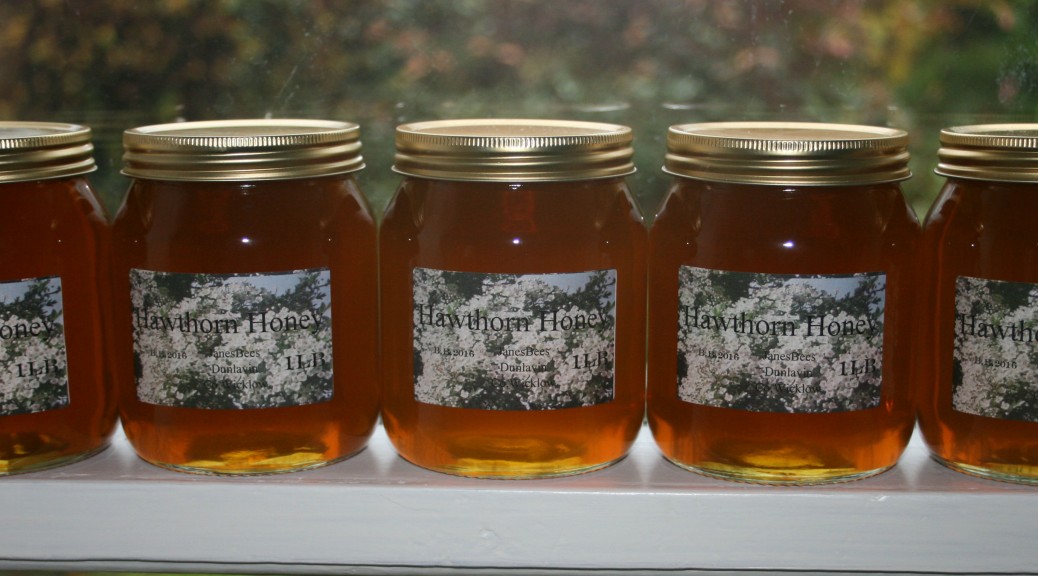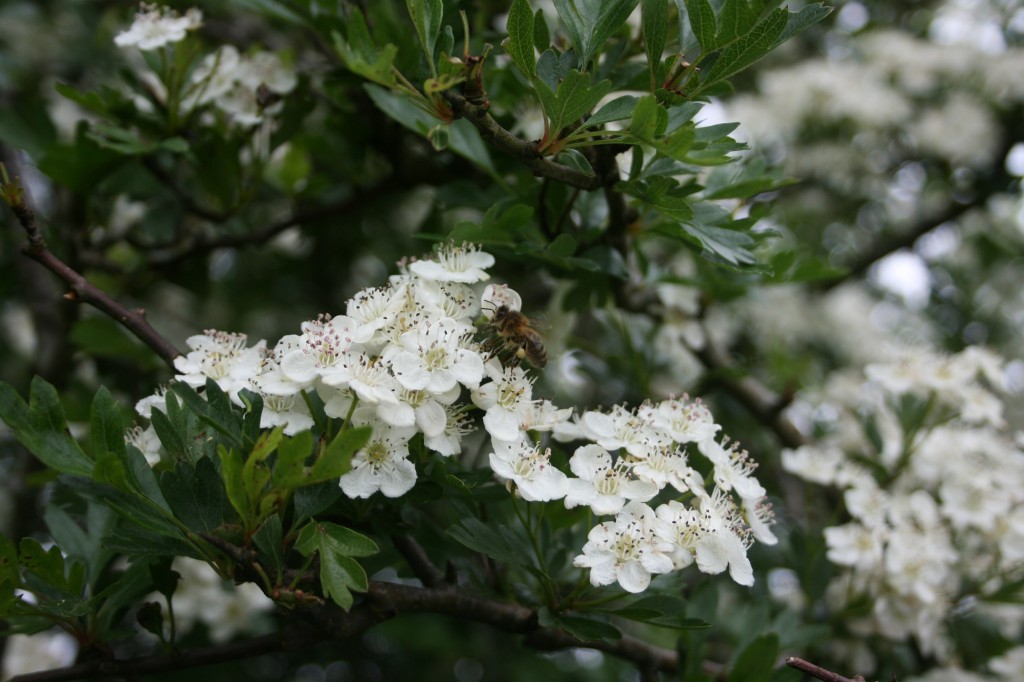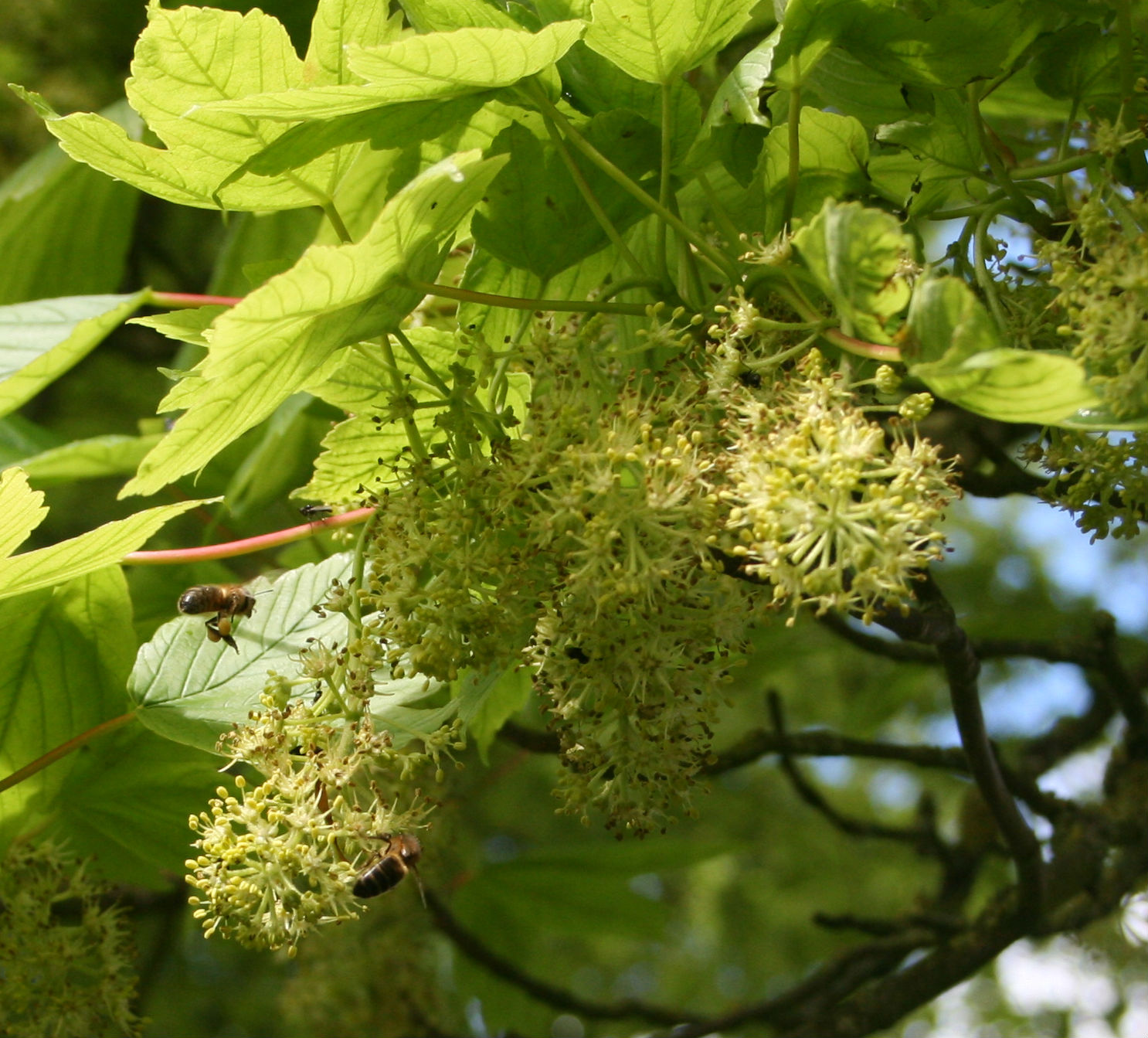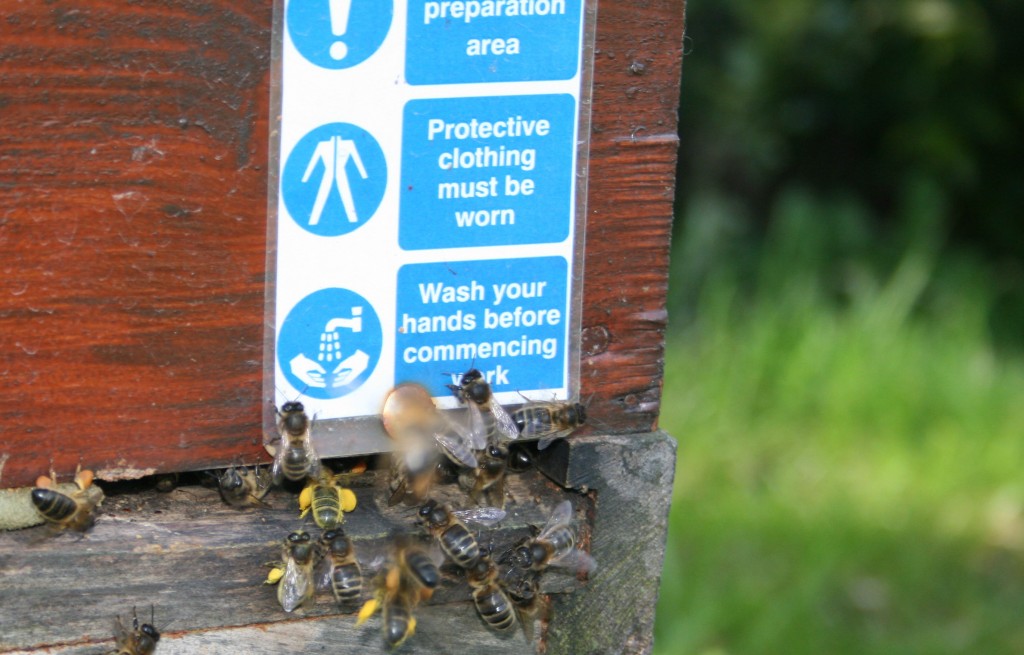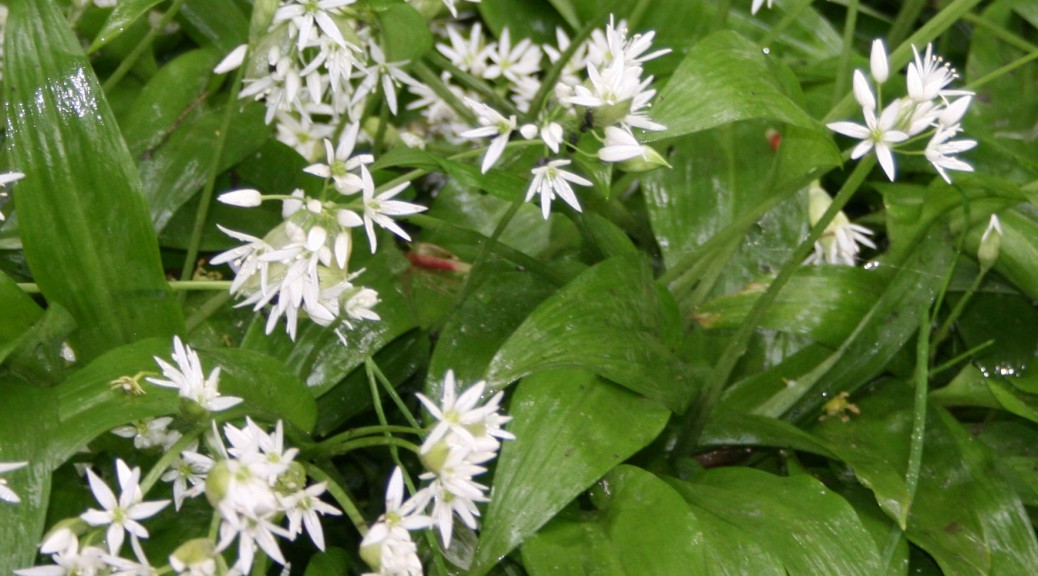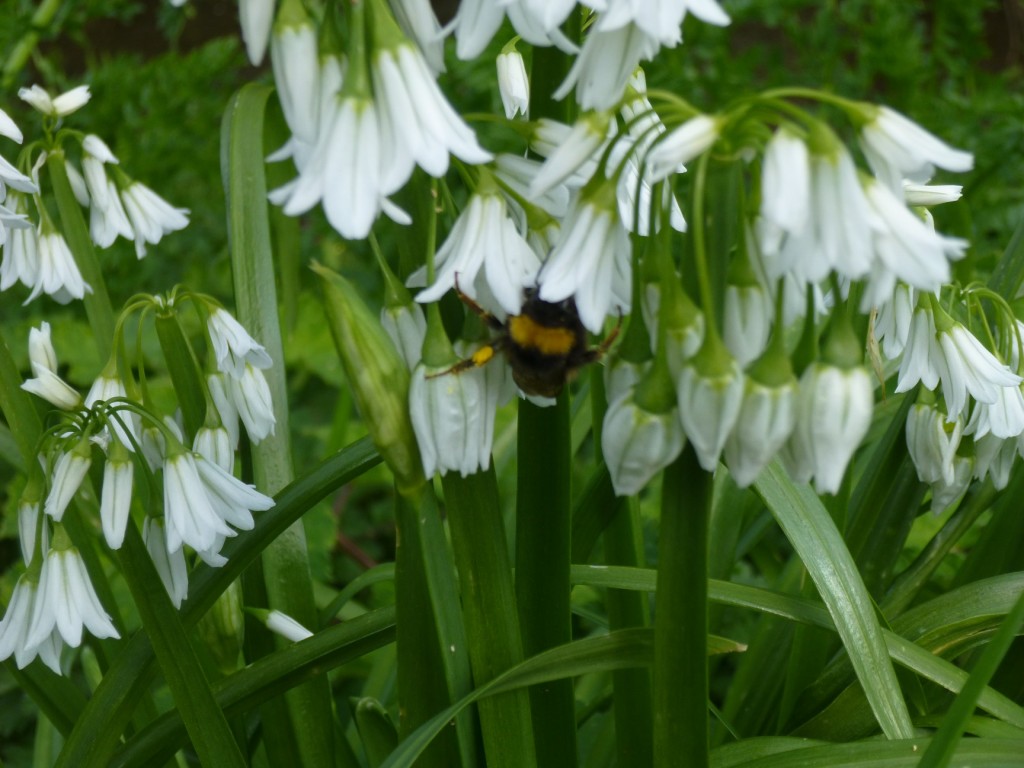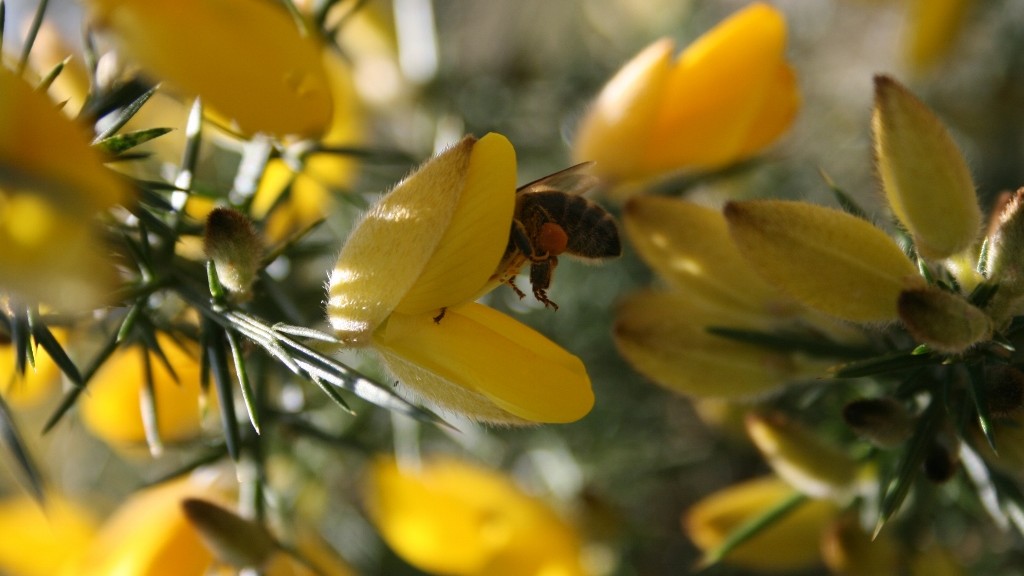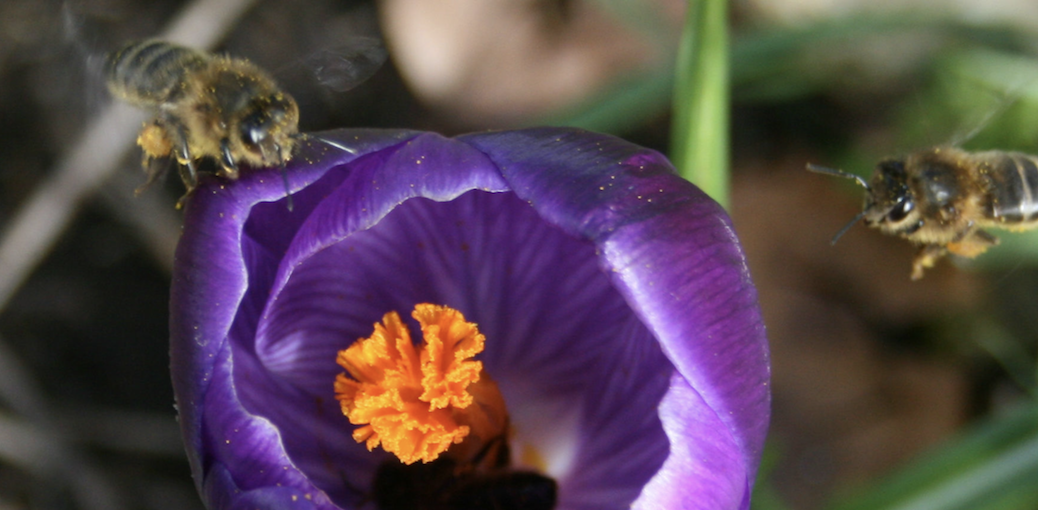‘Why would you want to?’ says you. Well the news on the streets is that it’s only a matter of time before it will be announced that research into the health benefits of ivy honey has discovered it to be the best thing since Manuka – I’m serious. Click here for more about ivy honey.

However, taking a crop of ivy honey is problematic for several reasons:
- It sets in the comb even more quickly than rape honey so is difficult to extract;
- It is the last honey flow of the season and the bees build up on it and rely on it for their winter stores;
- By the time you take it off it could be too late to feed before winter sets in.
So, here’s what you do:

